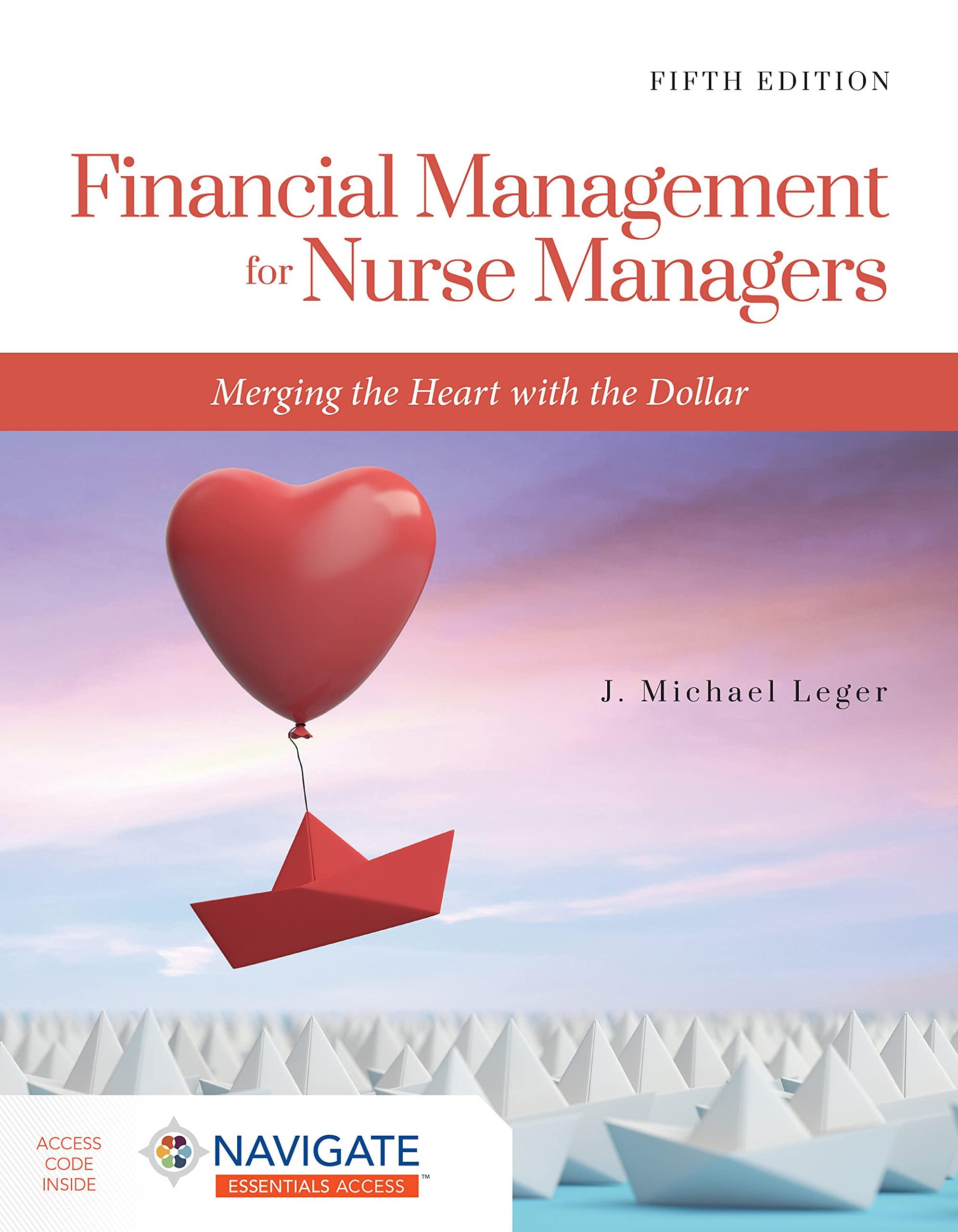Question
If 10-year T-bonds have a yield of 6.2%, 10-year corporate bonds yield 10.0%, the maturity risk premium on all 10-year bonds is 1.3%, and corporate
If 10-year T-bonds have a yield of 6.2%, 10-year corporate bonds yield 10.0%, the maturity risk premium on all 10-year bonds is 1.3%, and corporate bonds have a 0.4% liquidity premium versus a zero liquidity premium for T-bonds, what is the default risk premium on the corporate bond?
| a. | 2.79% | |
| b. | 3.13% | |
| c. | 3.30% | |
| d. | 2.69% | |
| e. | 3.40% |
The market value of any real or financial asset, including stocks, bonds, or art work purchased in hope of selling it at a profit, may be estimated by determining future cash flows and then discounting them back to the present.
True
False
5-year Treasury bonds yield 5.6%. The inflation premium (IP) is 1.9%, and the maturity risk premium (MRP) on 5-year T-bonds is 0.4%. There is no liquidity premium on these bonds. What is the real risk-free rate, r*?
| a. | 2.97% | |
| b. | 3.07% | |
| c. | 2.61% | |
| d. | 3.30% | |
| e. | 2.84% |
If investors expect a zero rate of inflation, then the nominal rate of return on a very short-term U.S. Treasury bond should be equal to the real risk-free rate, r*.
True
False
A zero coupon bond is a bond that pays no interest and is offered (and initially sells) at par. These bonds provide compensation to investors in the form of capital appreciation.
True
False
If investors expect the rate of inflation to increase sharply in the future, then we should not be surprised to see an upward sloping yield curve.
True
False
Step by Step Solution
There are 3 Steps involved in it
Step: 1

Get Instant Access to Expert-Tailored Solutions
See step-by-step solutions with expert insights and AI powered tools for academic success
Step: 2

Step: 3

Ace Your Homework with AI
Get the answers you need in no time with our AI-driven, step-by-step assistance
Get Started


